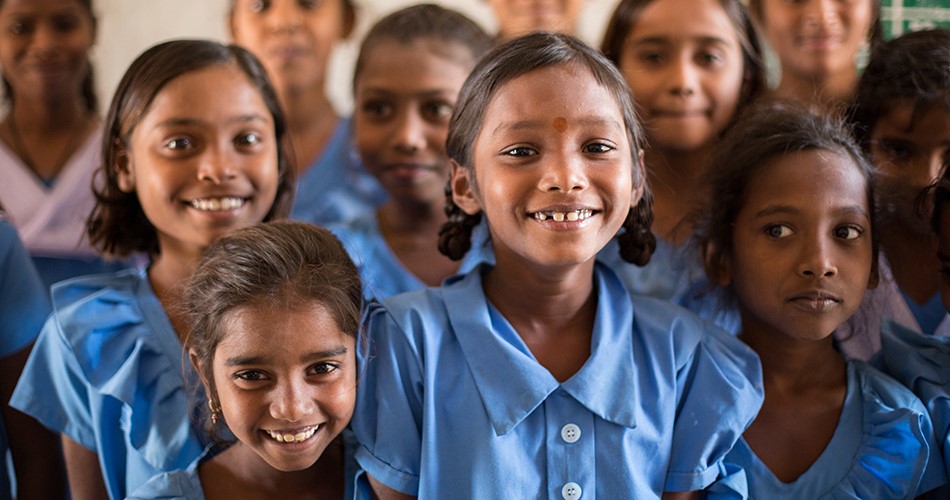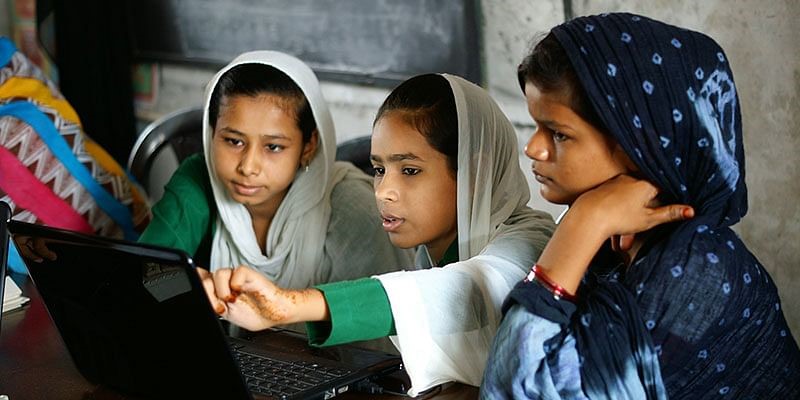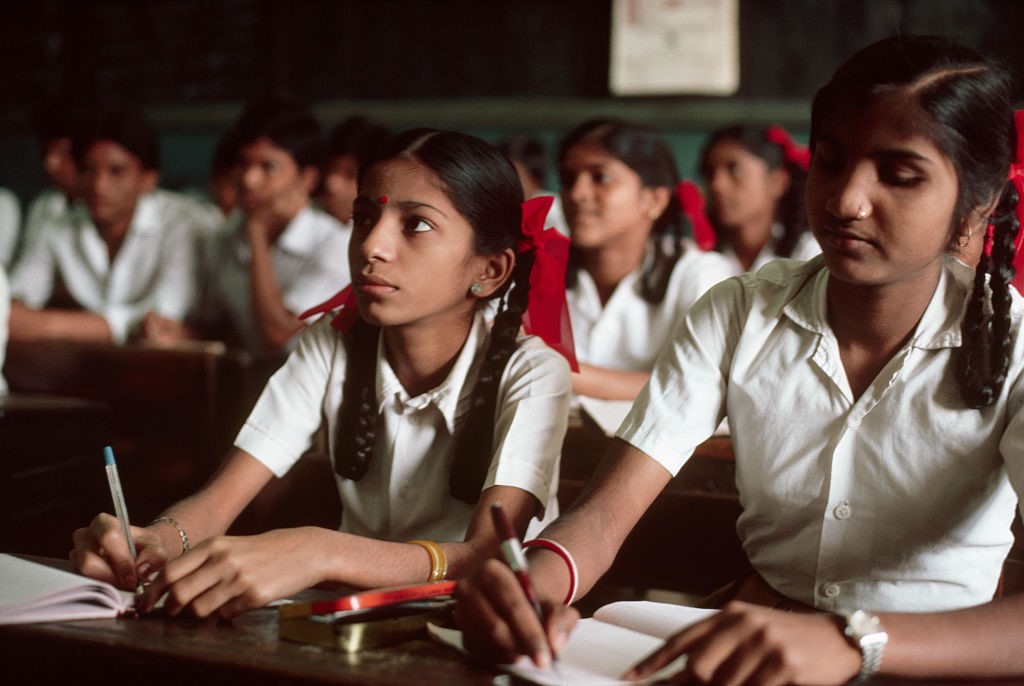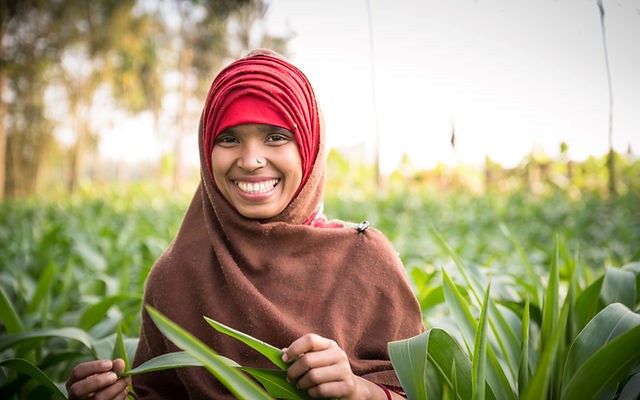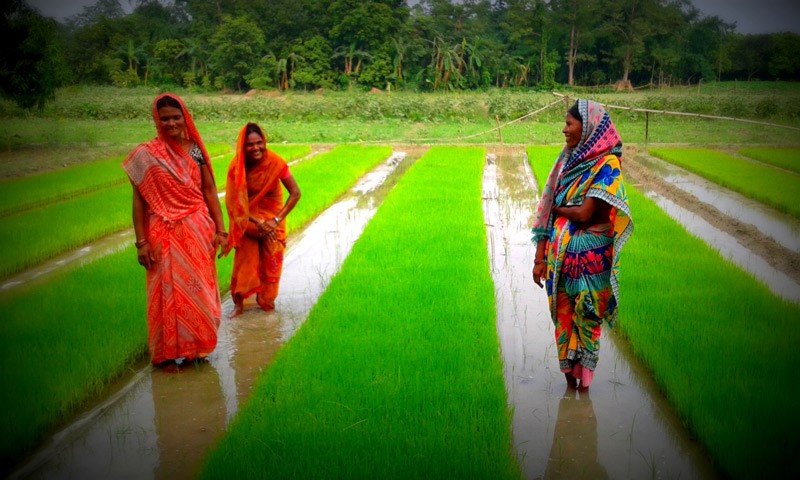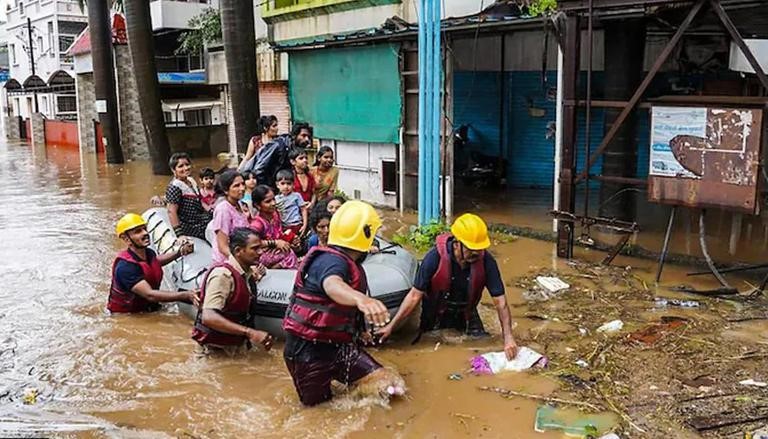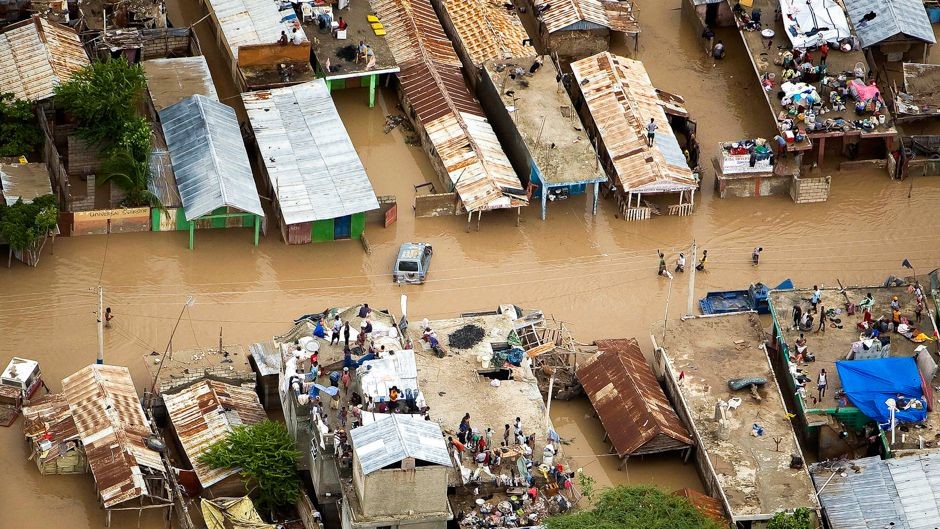Team-Based Goals and Incentives
Raah-e-Najaat worked with local hospitals and non-governmental organisations (NGOs) to arrange and facilitate training sessions for Front Line Workers (FLW) at health sub centres and improving public healthcare services.
- Increasing the community's connection to the main healthcare system.
- FLWs get continual training and supportive supervision.
- Increasing ASHA and AWW collaboration and coordination.
- Reviewing and planning FLW initiatives based on community needs indicated through data obtained during home visits.
- Implementing the Team Goals and Incentives (TGI) innovation to boost their motivation and job performance by leveraging the power of incentives, teamwork, and goal setting.
- 5 Steps strategy to achieve desire results, 1. Learn 2. Define 3. Ideate 4. Prototype 5. Test



